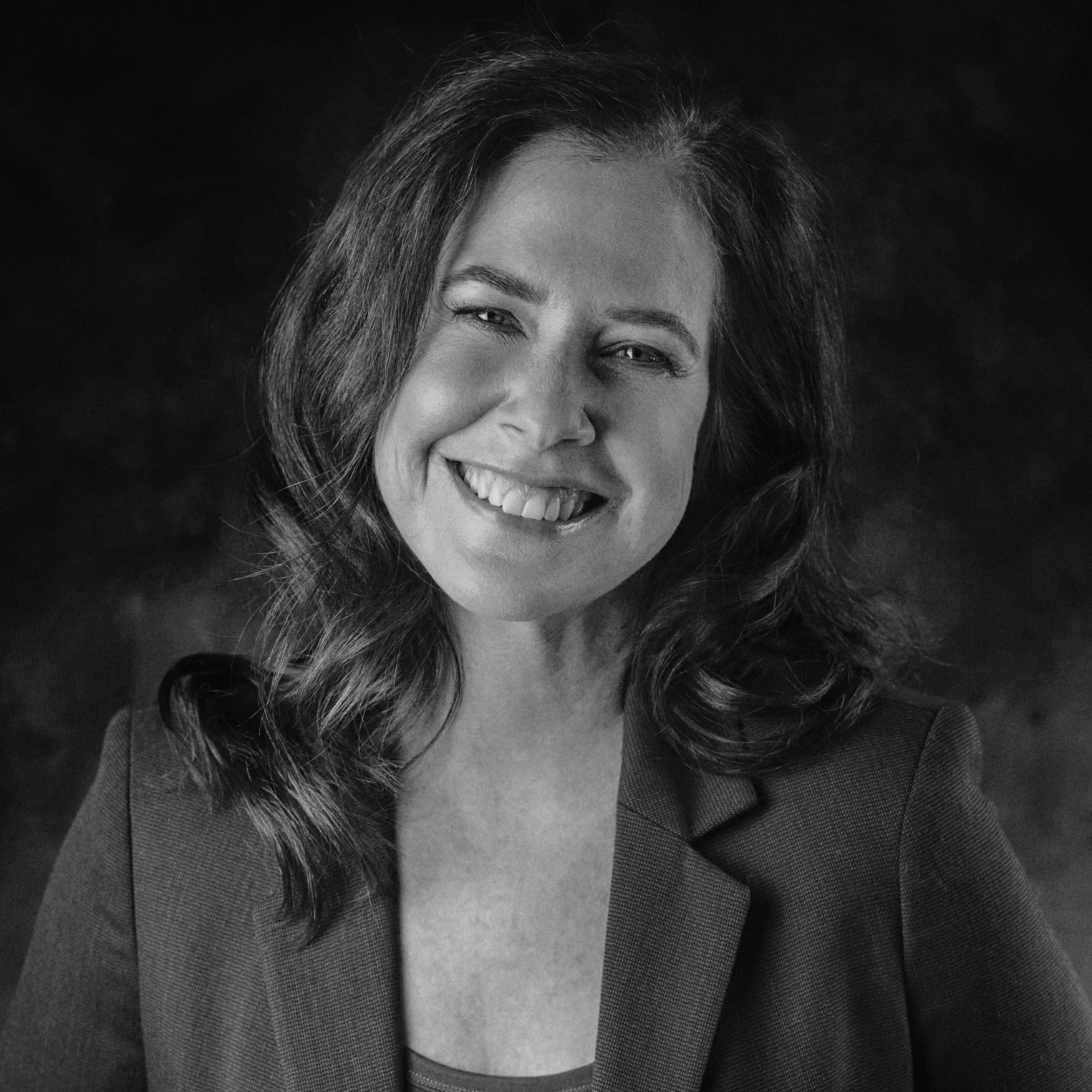Mortgage Basics

Houses are expensive in America, and they’ve only gotten more expensive over time.
Housing prices even rose throughout 2020 -- despite the pandemic and consequential economic downturn. While there are a number of factors contributing to this inflated market, that’s a discussion for another time.
What we do know for sure: Houses are expensive, and if you’re looking to buy one and you’re not reading this article on a diamond iPad, then you’re probably going to need a mortgage.
What is a mortgage?
A mortgage is a loan that is used to buy a house. The house then acts as collateral for the loan, so if the homeowner does not make their monthly payments, the lender can seize the house.
That’s the basic explanation, but when you factor in finance charges, down payments, interest rates, the choice between a fixed-rate mortgage or an adjustable-rate mortgage, in addition to other variables and costs, discussions about mortgages can quickly become complex.
Home-buying basics
So you want to enter the fast-paced world of homeownership. Before you even start looking for a home, you’ll likely need to seek prequalification from a mortgage broker, like a bank or other mortgage lender. After reporting your financial data to a lender, they will give you an estimate for the type of mortgage loan you may be able to receive.
The preapproval process
You can also submit for preapproval. Unlike pre-qualification, preapproval requires the lender to verify your financial information, such as your credit score and debt-to-income ratio, instead of relying only on the borrower’s self-reporting. This is also part of the underwriting process, which is the process through which a lender reviews a potential borrower's qualifications and decides whether to extend a loan offer accordingly.
A preapproval tends to indicate that you will be able to borrow a given amount at a given rate. That means if there are two different potential homebuyers interested in the same piece of real estate, and one of those buyers is preapproved for the full purchase price, they will likely have an advantage over a buyer who was preapproved for a smaller loan.
Once you’re approved for your home loan and the owner agrees to sell you the property, then you’re home-free (except the home isn’t actually free, and there are several more hoops to jump through before finalizing the purchase).
Congratulations, you’re almost done. All that’s left: Lots of paperwork and paying thousands of dollars in upfront costs in addition to the actual cost of the home as well as the mortgage interest. Oh -- and property taxes and homeowners insurance.
The full cost of homeownership
Before you even start paying off your loan balance -- or even finalize the loan -- you’re going to have to incur a handful of other expenses.
Closing costs
Closing costs are essentially the expenses you incur to finalize your loan. These can include fees and other items you need to pay upfront, such as:
- property taxes
- homeowners insurance
- origination fees to pay for the processing of the loan
You’ll likely also have to pay escrow fees at closing, which cover the cost of a third-party managing the transaction while it’s “in escrow,” the process between transferring the property from seller to buyer. Those costs are separate from the cost of an escrow account, which is an account that a borrower funds with a portion of their monthly mortgage payments to pay property taxes and insurance premiums.
Down payments
In the vast majority of cases, you’ll also have to place a down payment on the home. One factor to note: A higher down payment upfront can result in a lower interest rate on the loan amount.
In addition to the size of the down payment, the interest rate on the loan will also depend on your credit score and debt-to-income ratio. Different lenders may have different policies, but generally, they’re looking for a low loan-to-value of the home. The riskier a borrower seems, the greater the cost of the loan compared to the home, since the lender wants to hedge against the possibility of default.
Variable considerations
There are also different types of mortgages, and the type of loan you choose will make a big difference in your loan term, amortization schedule, and other repayment factors.
Federal government assistance options
FHA (Federal Housing Administration) loans are mortgages that are insured by the federal government and offered by approved lenders. FHA loans can only be used for a primary residence, but it can be easier to qualify for one of these than a conventional loan, and the initial down payment requirement will be capped at 3.5%.
On the other hand, with an FHA loan, there is a limit to how much you can borrow. FHA loans also require mortgage insurance, which is included in the costs of the loan.
There are also USDA loans for rural Americans and VA loans for veterans.
Mortgage terms
Home loans are typically split between 15-year mortgage and 30-year mortgage options. All else being equal, a shorter-term mortgage means you’ll pay less interest across the life of the loan. However, you will be looking at higher monthly payments.
You may also find yourself choosing between a fixed-rate mortgage and an adjustable-rate mortgage:
- A fixed-rate mortgage, as the name suggests, maintains a fixed interest rate across the entire duration of the loan.
- An adjustable-rate mortgage starts with one interest rate, usually a relatively lower one, and then shifts to a higher interest rate after a predetermined period of time.
An adjustable-rate mortgage may offer lower monthly payments than a fixed-rate mortgage in the short term, but accrue much higher costs in the long term, so it could make sense if you aren’t planning to stay in one place for too long.
PMI, or private mortgage insurance, may also be required for non-FHA loans (otherwise known as conventional loans), especially if your initial down payment is less than 20% of the home's purchase price. Unlike homeowners insurance, which will pay you if your property is damaged, mortgage insurance protects your lender from losing too much of their investment if a borrower fails to make payments. Even if you’re required to pay for mortgage insurance at first, you may be able to cancel the policy and lower your costs once you pay off a certain percentage of the mortgage loan and achieve a certain level of home equity.
What is home equity again?
As you continue to pay off your mortgage, you’ll gain equity in your home. Equity is essentially the portion of your home you actually own, as opposed to the portion still owned by the lender providing your mortgage. The initial equity depends on your down payment and reaches 100% once you’ve finished paying off the entire cost of your mortgage. In other words, if you could somehow afford to pay for the entire cost of the home in one lump sum, you’d have 100% equity and full homeownership all at once.
Given that you’re reading an article about mortgage basics, that’s likely not to be the case. Your home equity is important in case you decide you want to cash out and sell your home. If you only have partial equity, you’ll only be able to keep a portion of the sale and may still have interest and other fees to account for beyond that.
Equity is also important in the unfortunate case that you can’t make your payments and wind up facing foreclosure. Through the foreclosure process, the lender sells off the property, often for a lower price than the home’s appraisal value. You may receive an amount from that sale if you have sufficient equity in the home, but there will likely be many additional fees that will cut into those funds. A foreclosure will also reflect poorly on your credit report, which could cause more problems in the future.
When plans change can you refinance?
Whether it’s 15 years or 30 years, mortgages last a long time. It’s possible that your financial situation will change before you’re even close to paying off your loan. Refinancing your mortgage can lead to new loan terms, which may fit your current status better than the initial terms. For example, if you lost your job and see a decrease in your monthly income, you might want to sign on to a lower rate loan with smaller monthly payments (though this may be at the expense of lengthening the term of the mortgage).
Additionally, you could trade some of the equity you’ve acquired in your home for money to pay off other timely bills. When you do this without changing the terms of the loan, it’s called a second mortgage. But if you are considering a second mortgage, it’s important to remember that falling behind on payments for a second mortgage will put you at risk of losing your home.
There are also fees and other large costs you may have to pay when you refinance, so it’s a decision that should only be made after proper consideration.
Are you ready to commit?
A mortgage is a big commitment, but it’s often the only possible path for those who dream of homeownership. Just be certain you’ll be able to make the required payments and there aren’t any surprise rate hikes coming down the line.





